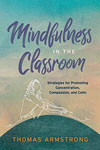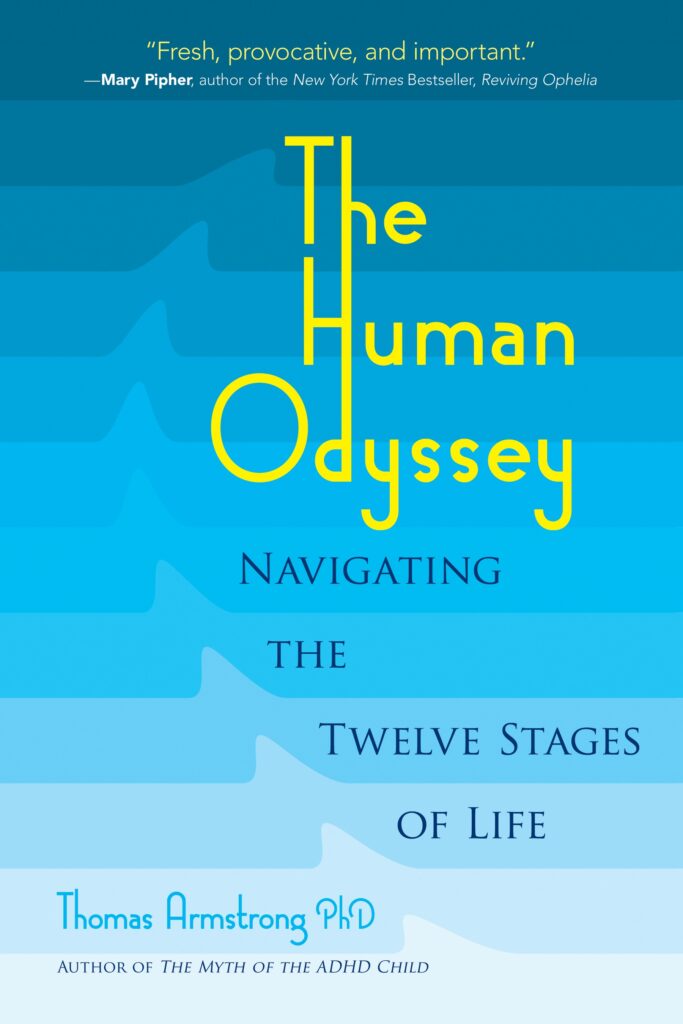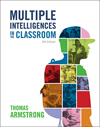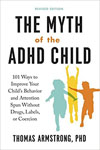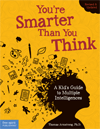 Millions of parents around the U.S. are wringing their hands and racking their brains about what to do with their kids being at home from school until the coronavirus curve flattens out. For many, the idea of losing crucial academic skills is keen, and parents fear that their kids will fall behind in their studies by not attending school. A recent New York Times report suggested that many kids are not logging into their schools’ online classes. While some of these students are victims of the ”digital divide” and simply don’t have access to online learning, others are using the time simply to take a long-term vacation from school.
Millions of parents around the U.S. are wringing their hands and racking their brains about what to do with their kids being at home from school until the coronavirus curve flattens out. For many, the idea of losing crucial academic skills is keen, and parents fear that their kids will fall behind in their studies by not attending school. A recent New York Times report suggested that many kids are not logging into their schools’ online classes. While some of these students are victims of the ”digital divide” and simply don’t have access to online learning, others are using the time simply to take a long-term vacation from school.
I was just reading an article by Michael Q. McShane, a long-time homeschooling advocate, who advises parents not to fret too much about the non-academic time that kids are spending outside of school. In fact, he recommends only about two hours of academic work per day, and suggests that families need more time together to nurture each other. He writes:
”Yes, academics are important, but creating a space that is engaging, respects their children and their abilities, and, perhaps most importantly, keeps them safe is priority number one. Families shouldn’t feel pressured to try and keep up, or even surpass, the rate of academic progress of their traditional school. It’s much more important to create a place where children can get some respite from the scary world outside of the door. Trying too hard to keep kids engaged academically could serve to push children away during a time when families can come closer together. A couple of hours a day of academic work should be plenty.”
Reading this triggered for me the idea that perhaps this pandemic has a silver lining for school-aged kids. Until the outbreak occurred, I believe that American education was moving in the wrong direction with too much emphasis being placed on standardized testing, a pseudo-rigorous curriculum (the Common Core), and more demanding requirements for graduation. This state of affairs came about as a result of three and a half decades of campaigning by politicians, CEOs of large corporations, and educational bureaucrats, who were instrumental in the creation of federal legislation that mandated higher performance schools, including the No Child Left Behind Act, which was a disaster for the schools, and the Current Every Child Can Succeed Act, which continues many of these same flawed reforms.
Despite this push to increase academic achievement in U.S. schools, there has been little change in test scores since the reforms were instituted. As part of the Programme for International Student Assessment (PISA), which administers tests to students in many countries around the world, the United States has seen no fundamental change in its scores since the program began in 2000. In addition, the National Assessment of Educational Progress (‘’The Nation’s Report Card’’), recently released test results for fourth and sixth graders and the results showed declines in reading and little progress in math.
I think it’s actually good for everybody to take a break from this wild goose chase for high test scores, and instead take stock of American education in determining what should be the real goals of education. I’ve suggested in one of my books (see below), that the schools ease up on their push for ”academic rigor” and instead seek to cultivate in students more laudable qualities like curiosity, creativity, wonder, wisdom, compassion, tolerance, and individualism.
Parents have the opportunity during this lull in public schooling, to engage their kids in real ”learning adventures” where they study things that are of genuine interest to them. There have been a number of great homeschooling books that show how this can be accomplished, including John Holt’s Teach Your Own, (Holt was one of the founders of the modern homeschooling movement) and Homeschooling for Excellence by David and Mikki Colfax (who homeschooled some of their kids straight into Harvard).
All it takes, to start out with, is some initial time spent with your kids asking them what they’d like to learn, what they’re curious about, and/or what they’re most interested in pursuing as a possible career. Out of this, one or more specific learning goals can be formulated. Then, you can brainstorm with your child or teen specific actionable steps he can take to actualize his aims, including what kinds of resources he may need to help him achieve his goal(s). Finally, with your help, your kids can draw up timelines for pursuing their independent project(s). It’s best to start off with one goal, rather than scatter one’s energies on several. Possible goals include: to write a novel, learn a new language, read great literature, master algebra, compose music, learn to draw, become an ”expert” in the history of your state, plan an ”around-the-world” trip, and collect and study rocks and minerals near where you live. The possibilities are endless.
And it just may be that this ”pause” in public education due to the COVID-19 pandemic unintentionally provides the opportunity (and time) for pursuing projects that have intrinsic meaning to your children and/or teens. Yes, this pandemic is horrific in the lives that are being lost or damaged, in the jobs being lost, and the society being upended. But perhaps we can put this time to good use by teaching our kids, not according to high-stakes academics, but according to their natural learning rhythms.
For more about the decades of failed education reforms in America, and on cultivating qualities like curiosity, creativity, playfulness, wonder, tolerance, compassion, and imagination in your kids, see my book If Einstein Ran the Schools: Revitalizing U.S. Education.
This page was brought to you by Thomas Armstrong, Ph.D. and www.institute4learning.com.
Follow me on Twitter: @Dr_Armstrong






